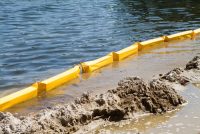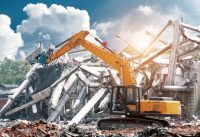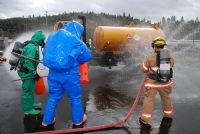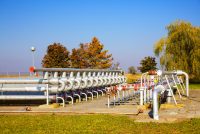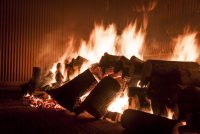E3 Green Suppliers Network—How Its Working
E3 Green Suppliers Network—How It’s Working In 2006, Sermatech, in Connecticut, a provider of high-performance coatings to the aerospace industry, decided to partner with the GSN to address both lean and green manufacturing. An assessment was performed on the company’s surface coating process line that sprayed helicopter hubs, and it found that because the parts […]


